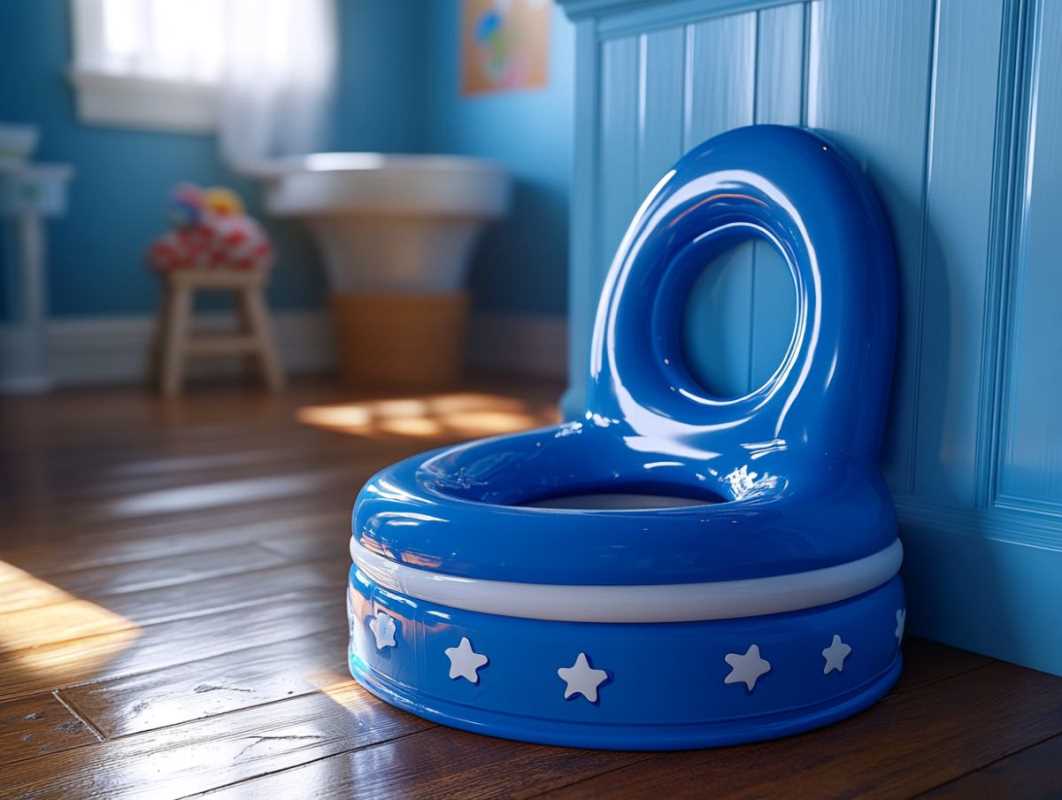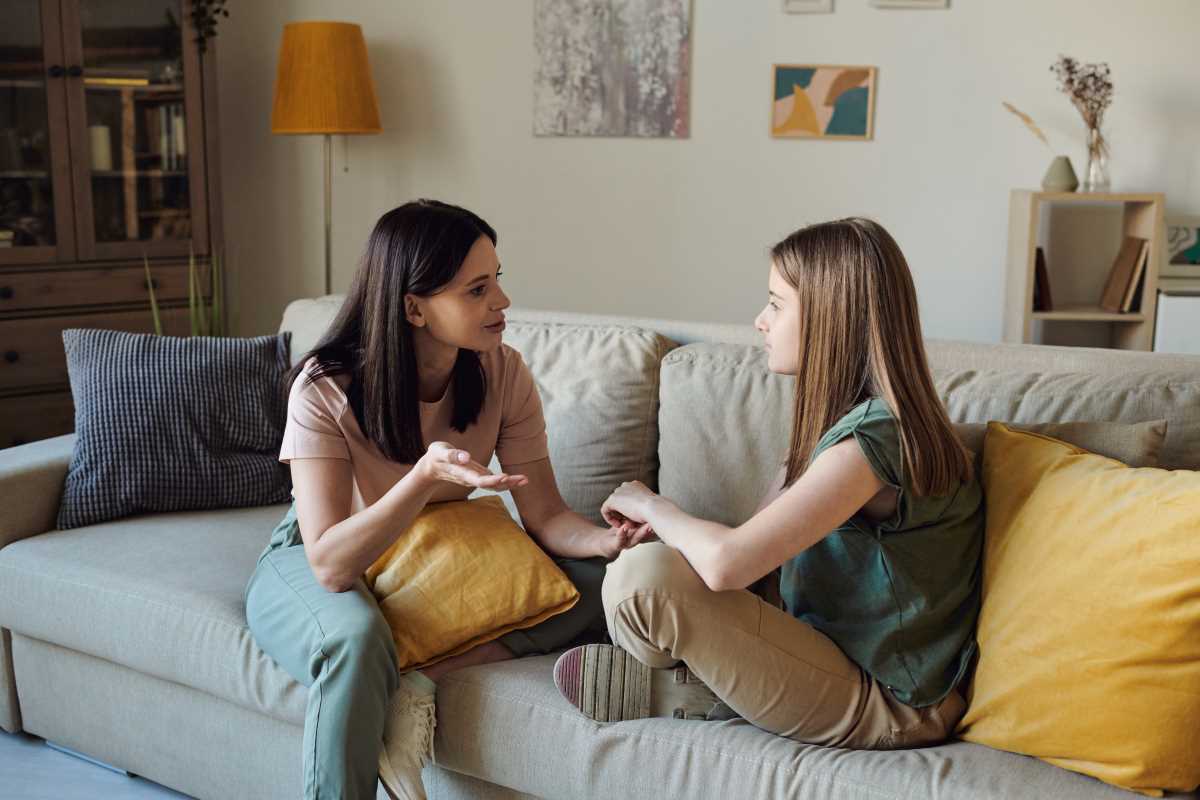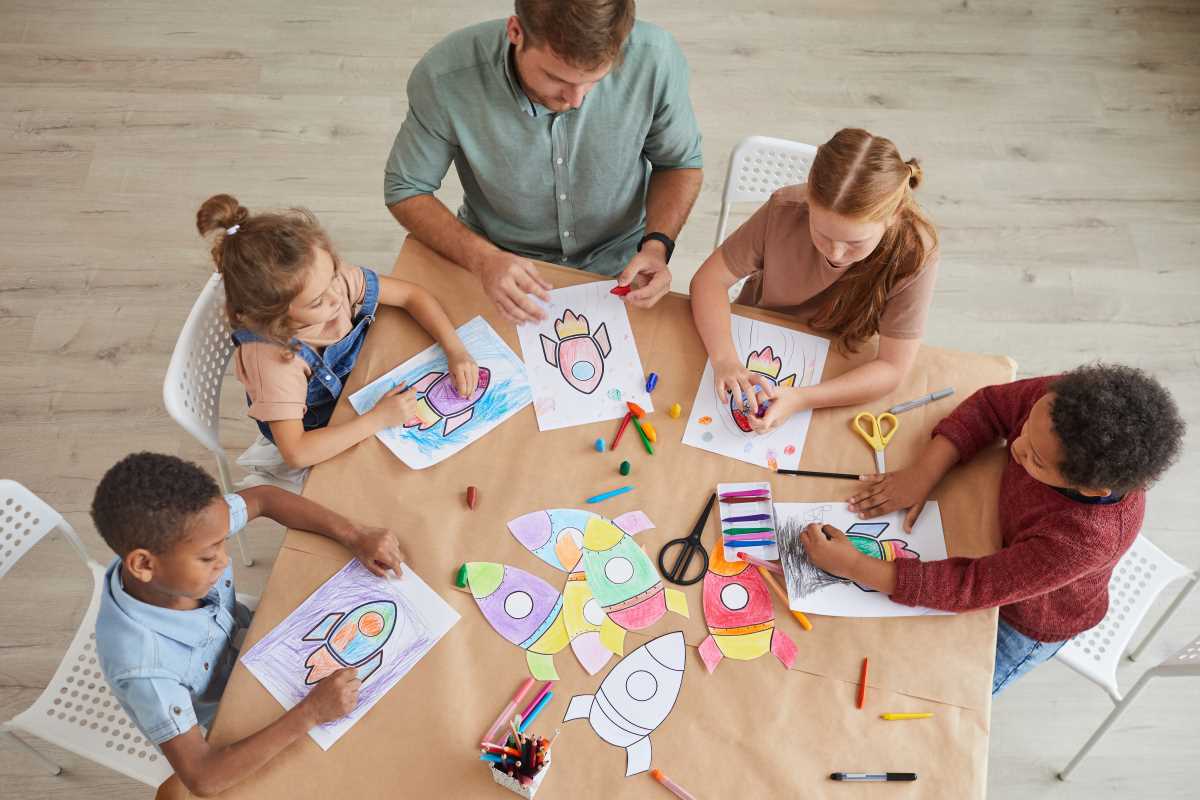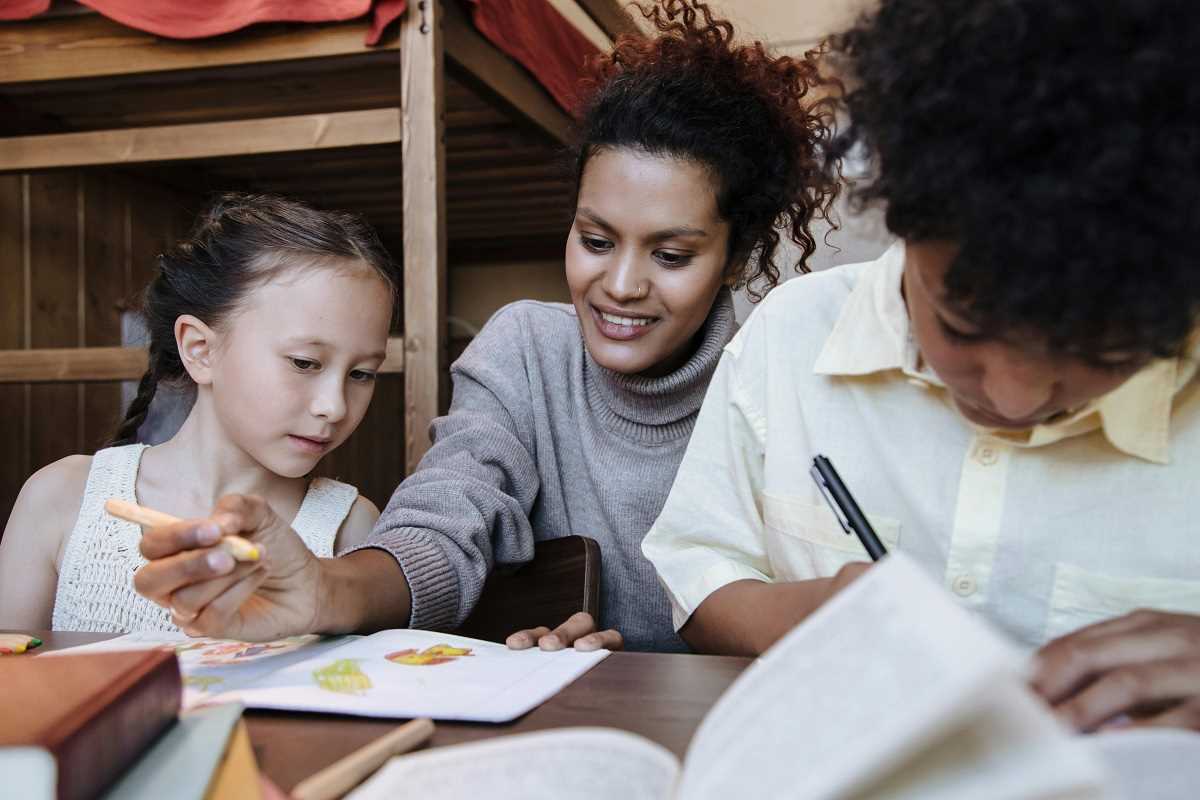Helping children learn how to use the potty often brings a mix of excitement and challenges. Parents and caregivers support their little ones as they take important steps toward independence and self-care. Patience and a good sense of humor go a long way during these moments, making the process less stressful for everyone involved. This guide aims to offer friendly advice and simple tips to make the potty training experience feel more manageable. Turning everyday frustrations into small victories, families can celebrate each bit of progress and approach this stage with greater confidence and a positive outlook.
Every household faces its ups and downs during potty training. It helps to know that you’re not alone in navigating this change. Let’s explore practical advice and fresh ideas that turn routine practices into engaging opportunities for growth.
Potty Training Readiness and How to Recognize It
Not every child shows the same signs of readiness, and that’s perfectly normal. Recognizing when little ones might be ready to take the next step makes the process less stressful for everyone involved. When it feels like the right time, you can start laying out clear, fun expectations and routines.
Watch for these signs to determine if your little one is ready:
- A growing curiosity about using the toilet
- Regular bowel movements and predictable patterns
- The ability to follow simple instructions
- Discomfort in soiled diapers
- Communicating the need to go
These indicators help you decide when to begin, making the journey more tailored and less overwhelming.
Different Approaches to Potty Training
Finding a method that suits your child's personality can help you succeed faster. There are various approaches that combine structure with a bit of fun. Trying out different methods is essential, and your child's progress can guide your choice. A playful, experimental mindset turns every small victory into a special celebration.
Try these methods:
- The reminder method: Set timers to gently remind your child to try the potty. This helps establish a routine without pressure.
- The reward system: Offer small rewards or extra story time for successful attempts. This positive reinforcement encourages good habits.
- The modeled behavior approach: Let your child watch a family member or friend use the toilet and discuss the process. This helps them connect with the idea of using the restroom.
- The familiar routine technique: Incorporate potty time into daily activities, so it becomes a regular part of the day.
- The diaper-free day experiment: Choose a relaxed day at home to observe how your child manages without diapers. This method builds awareness and independence.
Each approach has its own charm and works well for different temperaments, so don't hesitate to try a combination until you find what works best.
Creating a Supportive Environment
A warm and supportive atmosphere makes a big difference. Decorate the bathroom with fun decorations, engaging books, or favorite stuffed animals that can hang nearby. This safe space reassures your child that learning new skills is an exciting adventure. Even small touches like a colorful potty seat can boost excitement and comfort.
Keep the mood cheerful by celebrating small wins and using gentle humor when accidents happen. Introduce sign language or songs that signal potty moments. This personal touch transforms routine practices into moments of shared joy. Focus on making the environment inviting and free from stress, where each step feels like a success.
Handling Common Challenges
Accidents and setbacks are part of the learning process. With a flexible approach, you can adapt easily to any bumps along the way. Addressing issues calmly and creatively keeps the experience enjoyable rather than frustrating. When unexpected hurdles occur, having a plan helps reduce stress for everyone involved.
Consider these common issues and their solutions:
- Reluctance to sit on the potty – Make the area more inviting by adding a favorite toy or picture book.
- Resistance to giving up diapers – Gradually reduce diaper use by introducing underwear during the day.
- Anxiety during transitions – Create a consistent routine that signals when it's time for potty breaks.
- Frequent accidents – Reassure your child with kind words while reminding them of the schedule, and check out some potty training strategies designed to make the process easier.
- Distractions during potty time – Keep the environment calm and focused on the task at hand to minimize distractions.
Each challenge offers opportunities to learn and adjust, and with creative thinking, every problem can lead to a success.
Tips for a Smooth and Happy Potty Training
Stay positive with these practical tips. When you break down the process into small, manageable steps, both progress and smiles increase. Personalize reminders and keep routines consistent to naturally develop good habits over time.
Try these helpful tips:
- Maintain a fun chart where your child can place a sticker after each successful potty visit.
- Use playful language and silly voices to make the process less intimidating.
- Keep a light-hearted attitude; celebrate every small step, even if you giggle over minor spills.
- Introduce role-playing games that allow your child to practice using the potty in a pretend setting.
- Be patient and flexible—adapting to your child's pace remains important.
Potty training has its challenges, but a caring attitude helps turn obstacles into progress. Celebrate each small success, knowing they lead to lasting results.
 (Image source: Midjourney)
(Image source: Midjourney) 





